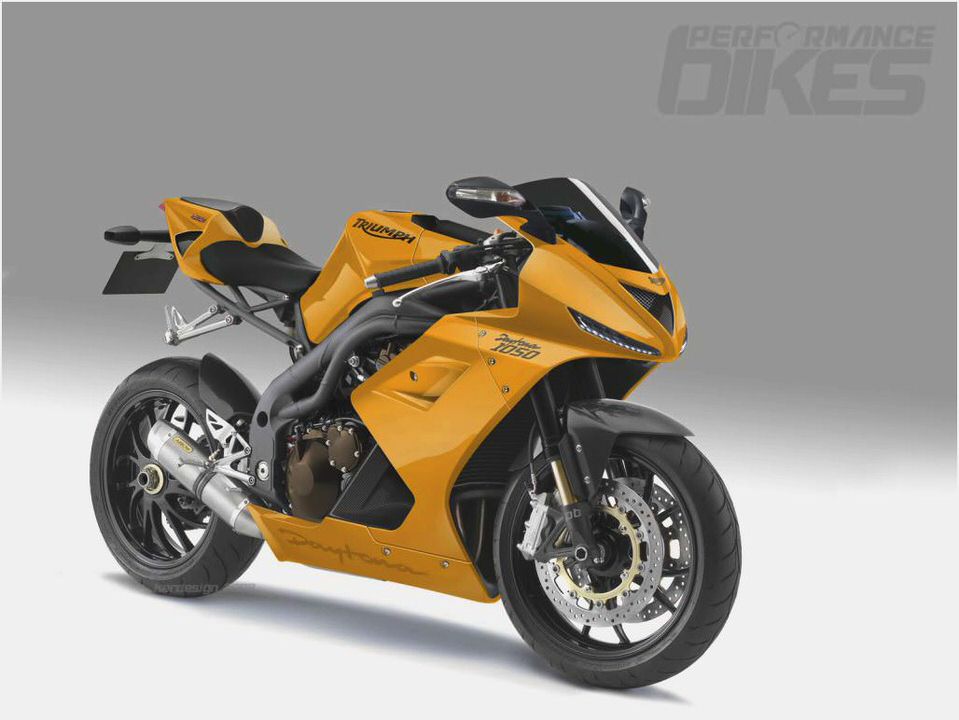
2013 Triumph Daytona 675R First Ride
Watch the 2013 Triumph Daytona 675R in action in Cartagena, Spain in the 2013 Triumph Daytona 675R First Ride Video.
Spoiler Alert! The 2013 Triumph Daytona 675R is one of the best, if not the best, sportbikes I have ever had the chance to throw a leg over. I just figured I’d get that out of the way first, as it’s really all I’ve been thinking since I departed Circuito Cartagena in Southern Spain last week.
I liked the previous version, but I love the 2013 model. So why am I so enamored with the Daytona 675R. Let me count the ways
One The Engine
The entire Motorcycle USA staff has an affinity for any sized Triumph Triple as they give a wonderful mix of bottom end grunt like a V-Twin and the high rpm scream that comes from an Inline-Four. For the 2013 Daytona 675 and 675R, Triumph went back to the drawing board in order to extract more peak horsepower and revs out of its trademark engine architecture. The engineers quickly realized that a redesign wouldn’t achieve the goals set for the next generation Daytona and so a completely new engine was constructed.
In order to give the 675 more revs the bore has been increased to 76mm (from 74mm) while the stroke is shorter at 49.6mm
Triumph had to design an all-new engine for the 2013 Daytona 675 and 675R.
(from 52.3mm). Because of the larger bore a one-piece cylinder block is used to keep the overall width of the engine the same as the previous model. The cylinder bore is sleeveless with a Nikasil coating for reduced friction. The compression is bumped from 12.65:1 to 13.1:1 for more torque from the over-square mill. Smaller exhaust valves and new camshafts combine for a 17% lighter valve train.
Higher-grade main bearings have been used to cope with the additional power output. The lower crankcase features wipers to remove excess oil on the crankshaft webs and baffles control oil surge under braking to reduce drag. Finally a new twin injector set-up delivers an optimized fuel charge.
At the track, we sampled only the Daytona 675R model, but the engine is the same for both versions. Right off the bat, the power gains are noticeable, but not earth shattering. More midrange allows you to short-shift when the track makes it difficult to carry a gear to the redline, but on the other end there is now more usable over-rev when grabbing another gear isn’t in the cards.
Overall the power is improved without losing that amazing Triumph Triple character we’ve all come to love. One of the best powerplants in motorcycling just gets better here.
Two The Drivetrain
The transmission of the previous Daytona 675 was always faulted in our testing for the lack of a slipper clutch. Not so anymore. A new slip/assist clutch in the 2013 Daytona 675 and 675R features a locking ramp design that pushes the clutch apart on decel and locks tight under acceleration. This allows for not only aggressive downshifts but also lighter clutch springs
Not only does the 2013 Triumph Daytona 675R get a new engine but it gets a new chassis as well.
and a 25% reduction in clutch pull force. The system works just as it should, allowing for aggressive downshifts entering a corner without any sign of wheel hop. Cartagena features a long 4th-gear right that tightens into a 2nd-gear exit. Triumph’s slip/assist clutch allowed for downshifts late into the tight bit while still on the side of the tire.
The back-end would step-out slightly but dropped back in line before it was time to crank the bike over further. It took most of the braking stress out of a very tricky corner.
First and second gears are revised for a more positive engagement, while a new sliding selector fork reduces the friction for a lighter feel on the lever. The drive sprocket has lost one tooth for better acceleration out of the corners, but with the increase in revs the overall top speed remains unchanged. Standard on the 675R is a quickshifter that cuts the power dependent on the load and speed of the bike.
Power comes back on after the shift with each cylinder coming to life one-by-one over a 60- to 120-millisecond interval. Not once did I have a problem grabbing a gear whether lugging out of the pits or doing a full-tilt boogie on the front straight. The shifts come quick and solid without having to roll back on the throttle.
Three The Chassis
Although the 2013 Daytona 675 doesn’t look much different from the 2012 model, underneath the restyled but very familiar bodywork is an all-new chassis. The frame is similar to the Street Triple, but is unique only to the Daytona. A shorter, asymmetrical swingarm makes room for the new underside exhaust system and is more rigid and lighter.
Lighter wheels and a cast aluminum sub-frame further reduce weight. Engineers steepened the rake to 23-degrees from 23.9-degrees and trail is also reduced slightly. Due to the steeper rake and the shortened swingarm the overall wheelbase is 20mm less than before.
All of this moves the weight bias further forward for sharper handling and more front-feel.
The 2013 Triumph Daytona 675R’s handling is quick and light but rock-solid stable at the same time.
It took a few laps to adjust to how quickly the Daytona turns. Sitting on the bike the Daytona feels similar to the 2012 model, so on the track you expect the handling to be similar as well. This new model is much sharper, but also much easier to crank through a corner.
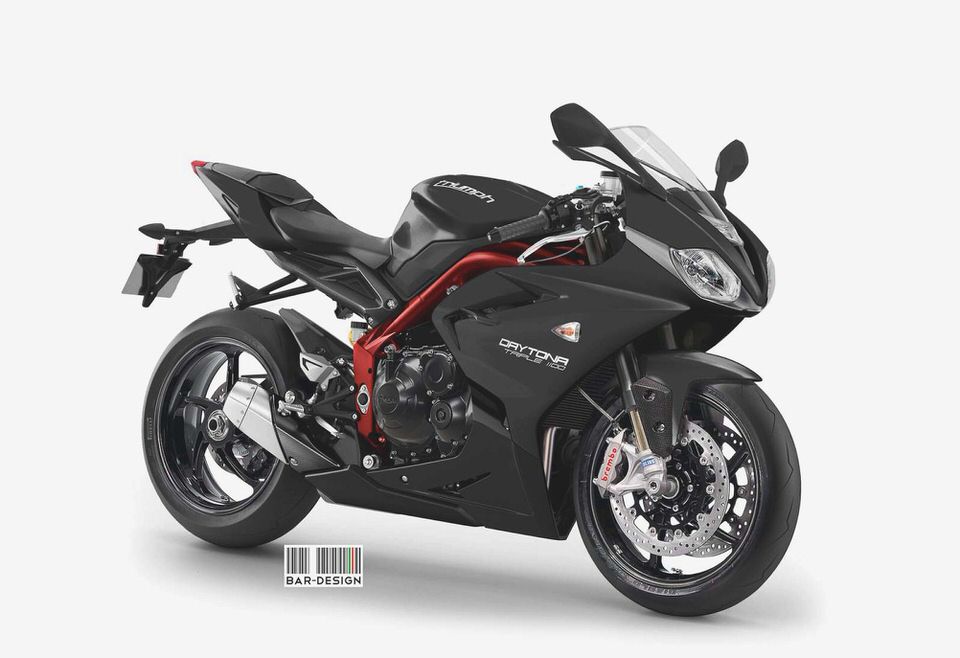
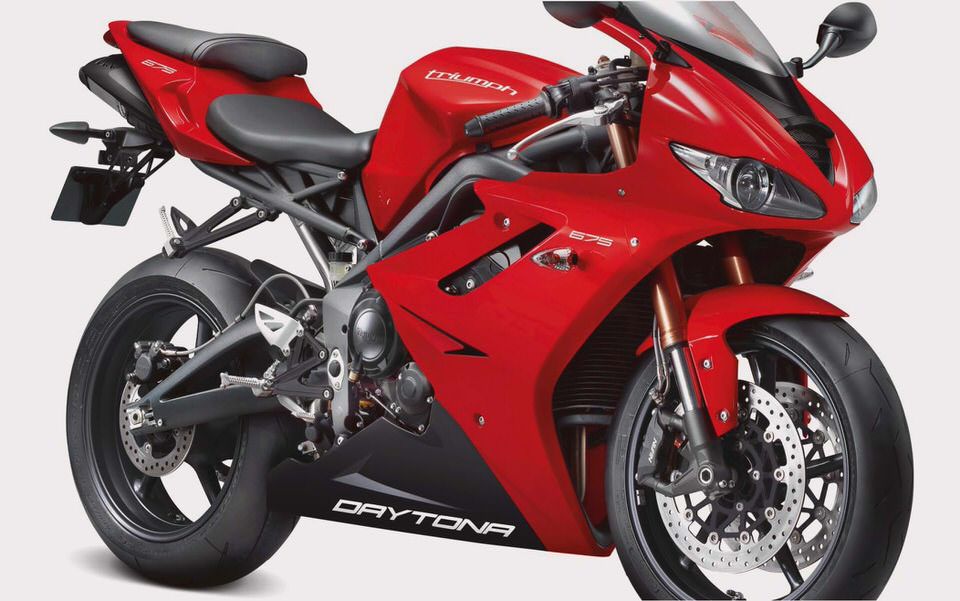
At first I found myself turning in too soon because it drops in so easily. Then I would find myself turning too tightly, especially in double apex corners, to the point where I’d have to stand the bike up to avoid riding over the curb and into the dirt. After learning I could enter faster and carry more speed to hold the proper line, I had what was one of the best days on the track I’ve had in my life.
The chassis is unbelievably agile, but at the same time rock-solid stable. Only once did I experience some wiggle from the front-end coming onto the front straight as I got greedy with the throttle while still leaned over. Even then it wasn’t even a concern when the bike got straight and the power pulled me right through.
Circuito Cartagena is considered a rough track by European standards, but for us Yanks it is billiard table smooth with just a few bumps that could be avoided. However, there was no need to alter your line to miss the bumpy bits thanks to the 675R’s Ohlins NIX30 front fork and TTX36 rear shock. Towards the end of the day I was actually aiming for rough patches to see if I could upset the chassis to no avail.
The Ohlins suspension soaks up the crud and lets you know it’s there, but that’s it, no drama, no wiggle, no bucking nothing. The front-end feel is spectacular, letting you know exactly how much grip is left in the standard Pirelli Supercorsa SP tire. On the gas, the communication from the rear tire is the best I have ever felt. No need for traction control here!
The feel and connection is truly unbelievable.
The last piece of the puzzle in any chassis is the brakes, and the Brembo units don’t disappoint. The feel at the lever is firm and feedback is just what you would expect from Brembo – perfection. For the US Market both the standard 675 and 675R
The communication from the chassis, tires and brakes all work in harmony to make one of the best handling sportbikes available.
are equipped with ABS. Three settings are easily toggled through the gauge cluster On, Off and Circuit. On and off is self-explanatory; Circuit is a special mode that allows for a higher threshold before the ABS system steps in to save your hide. It allows for sliding the rear tire and will also allow for stoppies.
Only when the system detects a full lock will it activate. I rode all day in the Circuit ABS mode and not once did I achieve the need for the electronic nanny to rush in a save me. Triumph’s reps assured me that if it was needed the system would kick in.
This is finally an ABS system I like and won’t bemoan like every other ABS I’ve encountered.
My only gripe with the 2013 Triumph Daytona 675R is that the styling just doesn’t set itself far enough apart from the previous iteration. Granted it’s still a great looking bike, but everything is so new for the Daytona I believe the look should have been too. It definitely won’t alienate current Triumph fans, but those that aren’t well read on the specs might think it’s not that new by just looking at it.
After just one day on the bike, I am confident that the 2013 Triumph Daytona 675R is the best handling sportbike I have ever had the opportunity to ride, and it could very well be the best bike overall. The extra juice on tap along with the stellar chassis makes for the ultimate trackday weapon. I expect it will be just as impressive on the street and hopefully sooner than later we can find out.
It’s been just over a week since the Daytona 675R and I parted ways. That’s seven days too long.
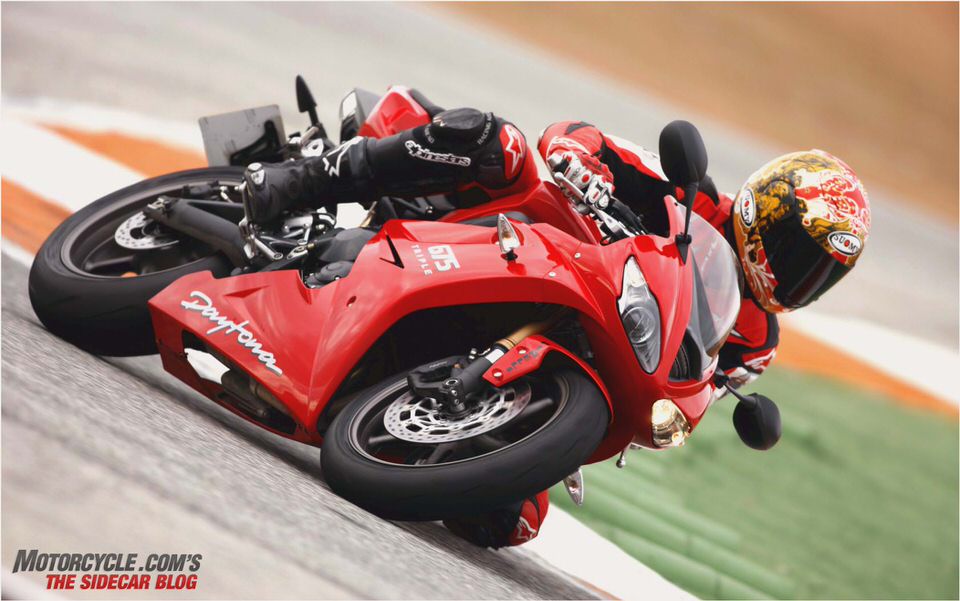
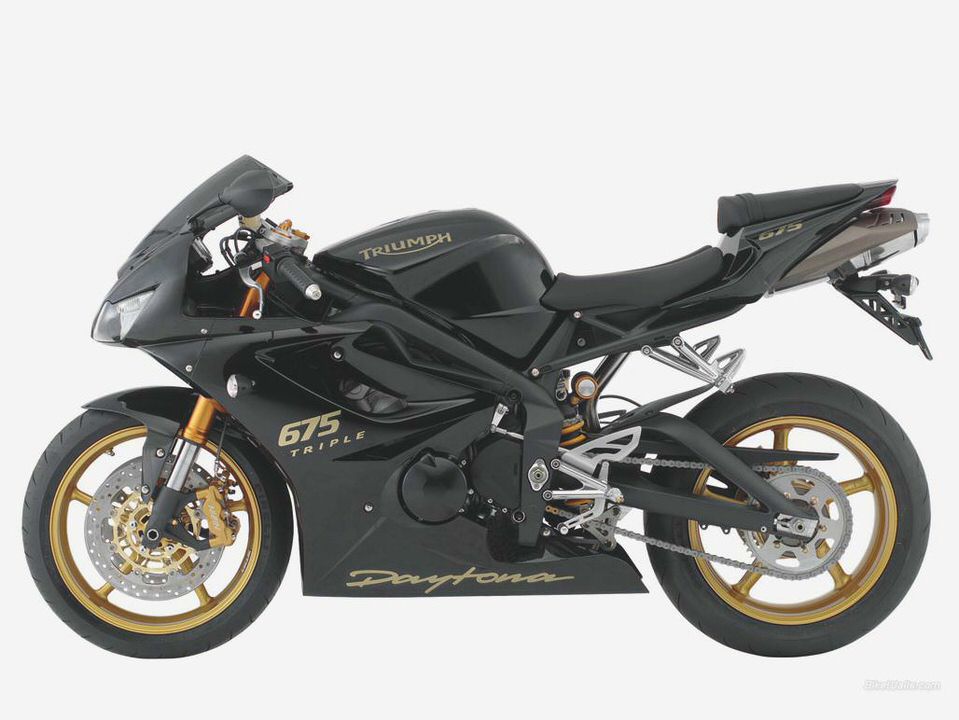
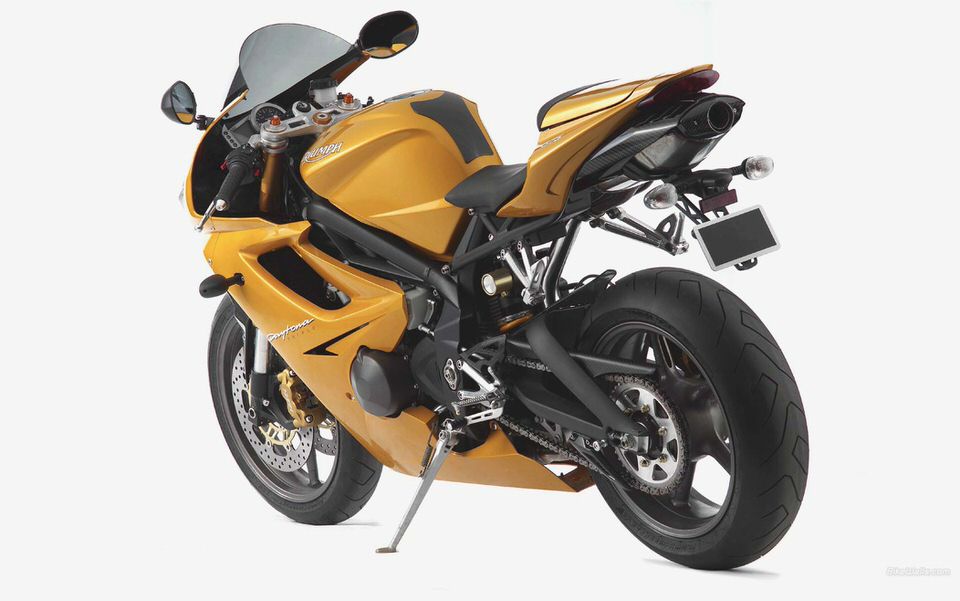
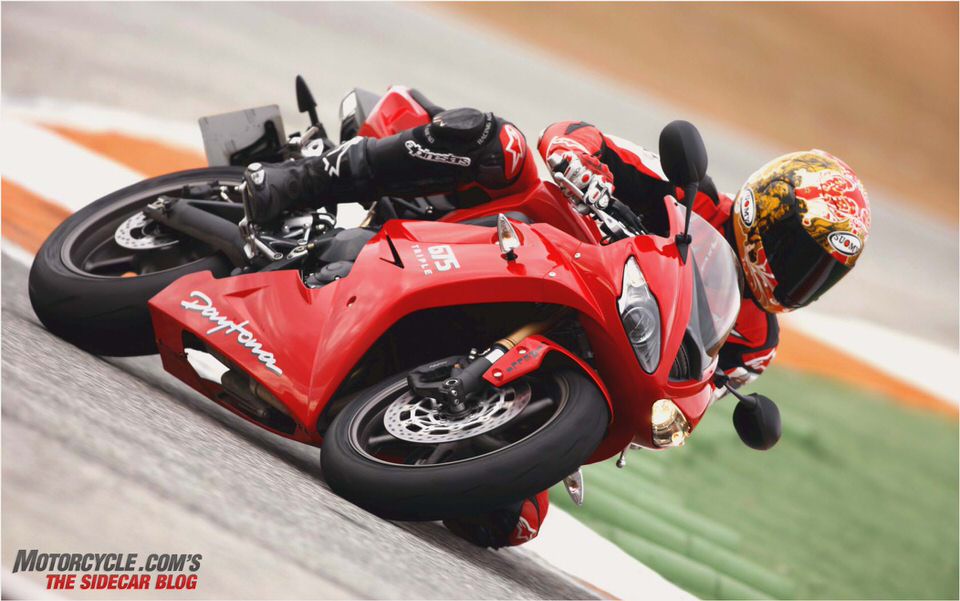

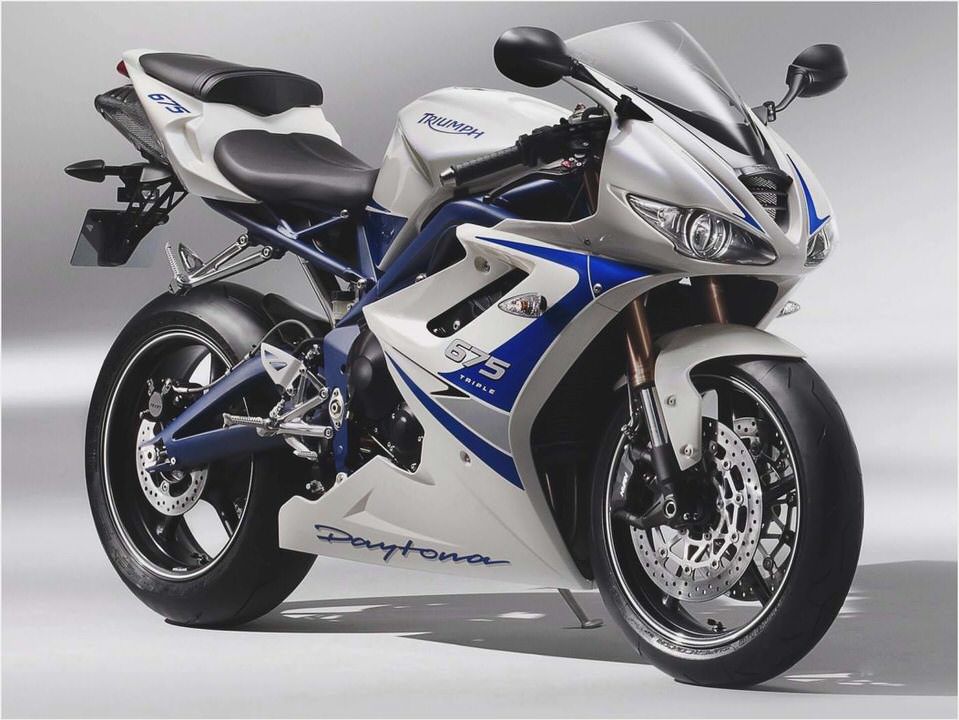
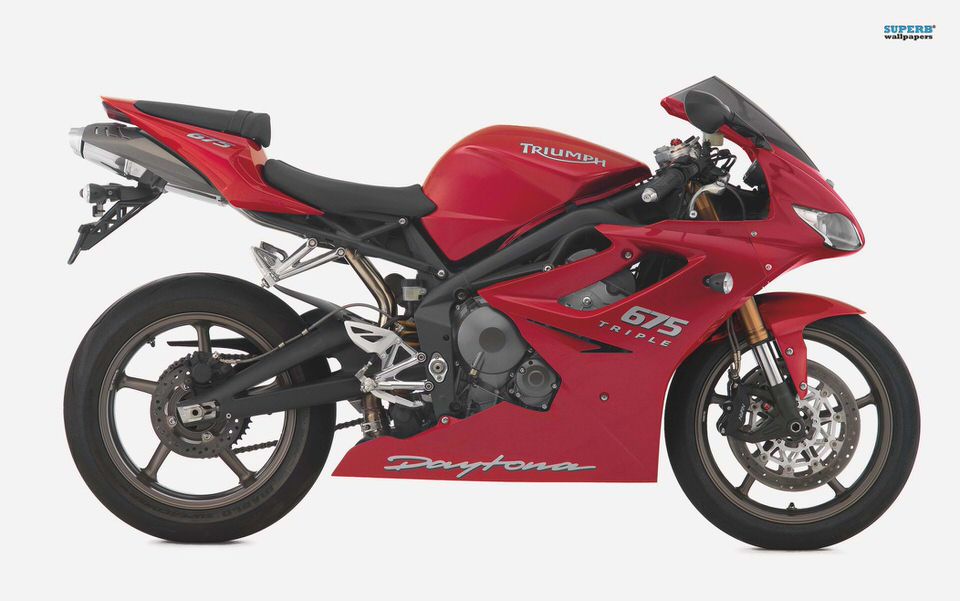
- 2013 Triumph Daytona 675R Review –
- Triumph Bonneville Specifications
- Triumph Tiger 1050 Review Canyon Chasers Motorcycle Sport Touring
- 2011 Triumph Rocket III Roadster Test – Ultimate MotorCycling
- Triumph Thunderbird Storm 1700 First Ride- Triumph Cruiser Reviews

